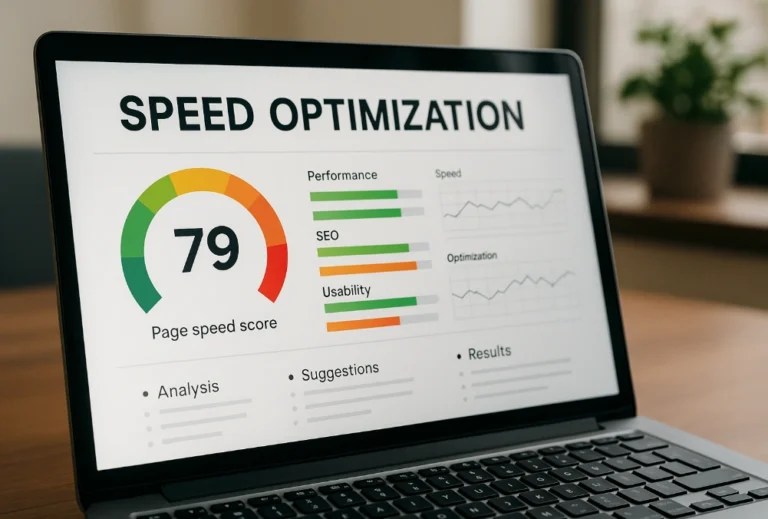Businesses utilize many strategies to survive, compete, and expand.
These methods are known as tactics and strategies.
According to a study, planned organizations thrive up to 30% faster,
thus, to remain competitive and profitable, businesses must plan ahead.
It helps to know when strategic and tactical planning overlap,
so the company can wrap its actions plans according to these strategies.
This article defines a strategic plan and a tactical plan explains its differences and shows how to build each plan.
A Strategic Plan

A strategic plan explains an organization’s goals by looking at its long-term objectives,
thus, a strategy is a long-range vision of an organization’s image and direction.
It is more like a planned series of purposeful activities that are future-oriented
and action-oriented in the sense that it is grounded in reality, not on assumptions.
To add, a strategy is a set of corporate maneuvers and actions used by management to
gain a competitive market position, maintain operations, maximize scarce resources,
attract new consumers, and fulfill organizational goals.
A Tactical Plan

Tactics are deliberate activities to attain a specific goal.
Derived from an ancient Greek phrase ‘taktike,’ tactics is the art of coping
with challenging situations to achieve a specified aim.
It is a procedure that combines all the firm’s resources (people, material, method,
machinery and money) to respond quickly to changing situations.
Thus, It can be a safeguard against unpredictability.
A tactical plan, like a strategic plan, defines how a corporation will achieve its goals.
This is done by focusing on the steps, tasks, and actions required to achieve the strategic plan’s goals.
Tactical planning thus stresses short-term actions that support a bigger strategy.
What are the differences between Strategic and Tactical Planning?
Strategic and tactical planning go hand in hand.
Notably, strategic planning comes first. Many strategic plans span months or years.
They also look at the company’s resources and the individuals who can handle the project.
You need to look at your overall goals and determine what you want to achieve.
This outline can then be used to determine what minor actions will help the company achieve its goals.
The strategic plan will examine the company’s mission, values, and goals.
While tactical planning often focuses on the daily tasks required to achieve larger goals.
These milestones and deadlines help companies stay on track with their strategic strategies.
It also emphasizes execution, ensuring that things are done well.
Creating a Strategic Plan

The ideal objectives of the organization are represented by a sound strategy.
It is critical that your strategic team solicits input from all departments to
ensure that the strategy and departmental priorities are in line.
A key requirement for any strategy is to adhere to the SMART framework,
which implies that it must be both specific and measurable as well as both attainable, realistic, and time-bound.
When developing a successful strategy, the corporation must keep its eye on the prize.
Decision-making processes will be guided by the plan that you have in place.
In order to build a strategic strategy, here are some steps:
1. Examine your general goals.
“What is our ultimate goal?” should be your first question.
A strategic strategy’s creators must always ask themselves this question.
No, it is not something I desire for my business.
Do you have an idea for a new business?
In addition, it’s important to have a sense of purpose in the long term.
The current state of the business must also be evaluated.
How does it measure up to the competitors in terms of quality?
Are there any recent achievements that you can point to? In the past, what went wrong?
By looking at the company’s existing state, you can determine the company’s path to its goal. If the goal is too far away, it may be too little.
2. Consider the company’s destination.
Companies must choose an objective that aligns with their values.
An objective that contradicts an organization’s mission should be discarded.
Consider your beliefs and convictions while developing a strategic strategy.
They can help you determine if the chosen destination is the right one.
3. Ask yourself important questions
When creating a strategy, consider:
- How do I envision my future?
- What have I done so far?
- My life’s mission
- What do I want long term?
4. Track your progress
The organization’s goal is likely months or years away. Progress can be sluggish.
So decide early on how you will measure progress.
In three months, what would you like to see?
Where should your company be at quarter’s end?
This way, you’ll know if you need to adjust your route.
Creating a Tactical Plan

A tactical plan focuses on the exact steps required to attain a goal.
It provides a defined timeline for completing tasks and measuring their impact.
This type of planning focuses on daily tasks and necessitates a more frequent review.
Here are some steps on how to create a tactical plan:
1. Examine your strategy
The strategic plan outlines the company’s goals and objectives.
Create the tactical plan with that goal in mind.
Tactical plans are detailed and can easily become cluttered.
Notify each step in the tactical plan and, if it doesn’t advance the aim, delete it.
2. Break up your long-term goal into doable tasks
When you know your ultimate goal and the time frame required to achieve it, break it down into smaller phases.
Begin with your monthly, weekly, and daily goals.
You can use these methods to track your progress and support your teammates.
Breaking major projects down like this helps you picture the end result.
For tactical planning examples, let’s say you want to increase the number of email subscribers,
you could split this aim down into these smaller goals such as:
- Create weekly blog posts to your website
- Weekly track the number of email subscribers
- Emai all subscribers every Thursday
- Renew monthly strategies on how to convince users to go to your website
If you achieve each target, you may notice an increase in the number of subscribers over time.
3. Consider the nuances
Once the tactical strategy is defined, record how many teams are required to succeed.
Then assign those teams to the tactical plan’s parts.
When engaged in corporate planning, you should be aware of your staff’s competence.
You may place people where they have the best likelihood of success based on their skills.
A solid tactical plan can help you choose where your resources should go.
4. Track your progress often
Measuring tactical plan progress is similar to measuring a strategic plan.
This approach’s success will be monitored more frequently,
such as once per day or once per week.
Your team’s performance during the day should be analyzed to see if any revisions to your weekday plans are required.
When making changes, keep in mind the most common criticisms.
Interaction of Strategic and Tactical Planning

Strategy and tactics must always be in sync as well as research and internal reflection.
Strategy is a long-term plan, whereas tactics are quick fixes.
If you plan to elevate your business, one of your first steps may be to
pick which audiences to target.
Your tactics would be your tools, who you would hire in your team,
your software investments, when to launch your product, etc.
It is impossible to execute a strategy without tactics, and determining
the greatest business channels and the most effective messages
for your audiences may be part of your marketing plan.
Monitor Your Strategy & Tactics

Strategy and tactics work together to help your firm achieve long-term success.
It’s critical to regularly assess both to guarantee business growth.
First, it is good to choose a set of key performance indicators (KPIs) to track your strategy’s progress.
A good KPI uses quantifiable data to track progress and suggest ways to enhance the figures.
Remember to choose targets based on your market’s competitors or prior success.
Try giving targets greater weight.
For example, if you want your product to be known worldwide,
you want to use social media and paid ads to promote it,
and you might be measuring its metrics on the social platforms themselves.
The Best Plan
As the business environment changes, the organization’s tactic changes as well.
Tactics and strategy are vital for a company.
Their importance is undeniable, but they are not interchangeable.
In order to give purpose and significance to each department’s operations,
it is best to share your strategy across the organization once your issues have been resolved.
All players must comprehend your plan,
and teams should understand how their efforts support the organization’s overarching aims.

At Lead Origin, we collaborate closely with our partners to gain a thorough
understanding of your organization, including how you got there and where you want to go.
This allows us to develop comprehensive strategies that are perfectly aligned with your company’s philosophy.






